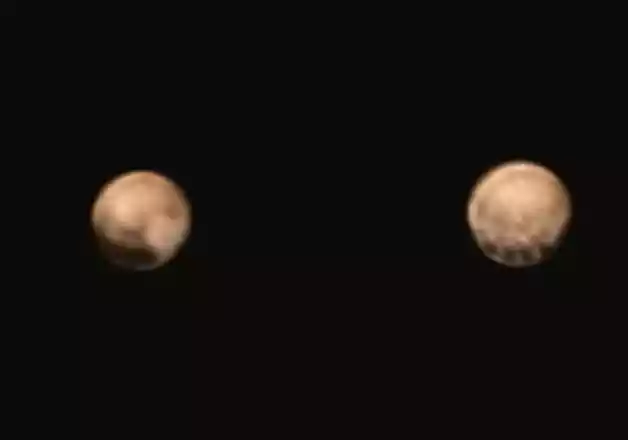Washington: If you like numbers, you will love March 14, 2015. When written as a date, it reads as 3/14/15 and corresponds to the first five digits of pi (3.1415) – a once-in-a-century coincidence!
Make sure to note when the date and time spell out the first 10 digits of pi: 3.141592653.
On 3/14/15 at 9.26.53 a.m., it was literally the most perfect “pi” time of the century.
Pi Day, which is also the 136th birth anniversary of Albert Einstein, is celebrated to appreciate how important the number pi is to math and science, NASA said in a statement.
Pi is useful for all kinds of calculations involving the volume and surface area of spheres, as well as for determining the rotations of circular objects such as wheels.
That is why pi is also important for scientists, who work with planetary bodies and the spacecraft that visit them.
Pi is the ratio of circumference to the diameter of a circle.
If you want to find out the distance around a circle when you have the distance across it, you will need this formula.
Despite its frequent appearance in math and science, one cannot write pi as a simple fraction or calculate it by dividing two integers (…-3, -2, -1, 0, 1, 2, 3…).
For this reason, pi is said to be “irrational”. Pi’s digits extend infinitely and without any pattern, adding to its intrigue and mystery.
“On Pi Day, I will think about the nature of a day, as Earth’s rotation on its axis carries me on a circle 34,000 km in circumference, which I calculated using pi and my latitude,” said Marc Rayman, chief engineer and mission director for NASA’s Dawn spacecraft.
Dawn went into orbit around dwarf planet Ceres on March 6.
Rayman uses a formula involving pi to calculate the length of time it takes the spacecraft to orbit Ceres at any given altitude.
Steve Vance, a planetary chemist and astrobiologist at NASA, also frequently uses pi.
Lately, he has been using pi in his calculations of how much hydrogen might be available for chemical processes, and possibly biology, in the ocean beneath the surface of Jupiter’s moon Europa.






Leave a reply